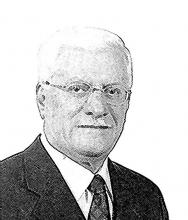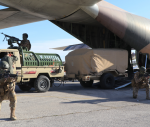You are here
Fluidity around the poverty line
Apr 02,2017 - Last updated at Apr 02,2017
The World Bank claimed in a recent report that one third of the Jordanian population may fall below the poverty line within a year.
This unpleasant statement caused worry, even though there is nothing new about it.
The statement calls attention to a possibility, but it does not necessarily mean that it will actually happen.
A fact revealed by social surveys of the Jordanian population, one of which was conducted several years ago under the supervision of the statistics expert Tony Sabbagh, found that there is a concentration of people around the line of poverty on both sides.
Below the line of poverty there are many so close that it seems rather easy to raise them above the line, to join the bottom part of the middle class.
In order to do that, they need a push by the government, which Sabbagh says is not that costly.
Directly above the line of poverty there is a concentration of vulnerable people, which are prone to drop below the line of poverty and join the poor.
This is a strong possibility in the present difficult circumstances. This is what the World Bank report is talking about.
Generally speaking, the population is not evenly distributed between the bottom and the top.
The line of poverty is not an iron wall separating two distinct groups of people. It is an open area with an active upwards and downwards movement.
Let us draw a rough picture depicting the Jordanian society, where some 17 per cent are poor 17 per cent are rich and 33 per cent represent the lower middle class and 33 per cent the upper middle class.
Part of the poor class may be able to cross the line upwards and join the lower middle class, especially those who got some education or professional training.
At the same time, most of the lower middle class is not far from the line of poverty. These people could cross the line downwards, especially under the present circumstances, with high unemployment and lack of academic or vocational training.
This rough picture means a lot to the makers of economic and social policies. It indicates a state of liquidity, flexibility and possibility of crossing the line in both directions.
That is why government policies and economic and social decisions are extremely important; they may have positive or negative consequences, causing an upwards or downwards movement across the poverty line.
Poverty is a problem, but it is neither difficult nor very costly to deal with it.
Hopefully, the Department of Statistics will conduct a regular survey of the Jordanian society’s movement across the line, maybe once every three months, just as it does regarding unemployment and national income.
Such surveys will serve as a guideline for economic decision makers, hopefully leading them in the right direction.
Yes, we have the risk of middle class descending below the line, but we have also the possibility to push up some poor families above the line.













